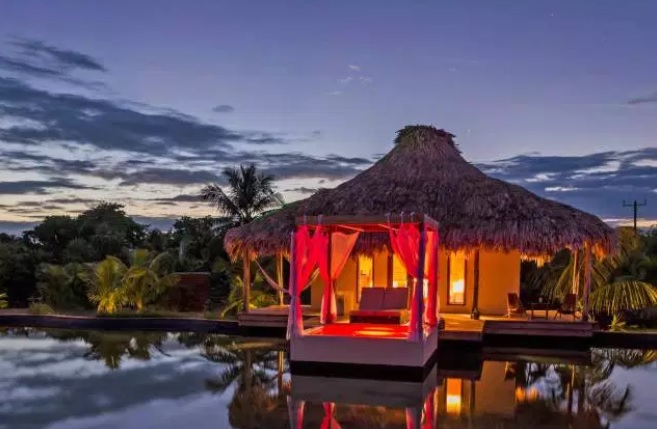In Mexico, the Ministry of the Environment and Natural Resources (SEMARNAT) defines ecotourism as ‘trips that aim to carry out recreational activities and knowledge of nature through contact with it.’
Mexico boasts a well-established system of ground, air, and sea-based transportation, allowing easy access to and within country. Of note is the world-famous cuisine noted for its diversity and sophisticated flavors. Like potato dishes in Peru, Mexico’s corn dishes number in the thousands. Slow food (and innovative agriculture … Mexico was the first country to domesticate corn, more than 10,000 years ago).
Thanks to abundant flora and fauna, the nation is labeled as megadiverse in scientific literature. Mexico is a veritable greenhouse of the world’s ecosystems, with an example of almost every habitat on earth. With less than 2% of the world’s territory, the country is home to 10% of the plant and animal species in the world.
There is consensus that tourism is one of Mexico’s top income generators as well as a catalyst for other sectors. So, what is the status of ecotourism and responsible travel in Mexico?
Building Bridges
Environmental awareness and tourism are learning to tread the same path. Sometimes it seems as though environmental tourism is like the famed Copper Canyon, a gorge in Chihuahua deeper than the Grand Canyon in the United States. Conservation is stranded on one side, tourism on the other. Sometimes it appears that there is no bridge across the abyss.
To be defined as ecotourism, the service must provide for environmental conservation and local participation. It must also be profitable. As the saying goes – you can’t be green if you are in the red.
Mexico should be the textbook example of things done right. It is one of the few countries in the Americas in which a formal agreement has been signed between the Tourism and Environmental Secretaries to collaborate. The first accord was signed in 1995. Today ecotourism and sustainable tourism are perceived not as outside imports, but rather compatible with Mexican traditional values.
Mexico’s protected areas cover more than 12% of the national territory. The country has a national tourism strategy in protected areas and a reforestation effort which work hand in hand with the parks through the offices of CONAFOR, the National Forest Commission.
Individual travelers have long raved about the natural wonders of Mexico. Whether to watch birds or whales, people began visiting the great outdoors. Tourism providers discovered the accompanying economic benefits of offering natural history tours, and communities themselves began to see that nature travel were becoming mainstream interests.
Until recently, most of Mexico’s protected areas and biosphere reserves were simply off-limits to tourism. The government tried to keep areas free of visitors due to the lack of qualified park guides and protection. Tourism was also kept low because many of the protected areas are far from the main tourism corridors to attract visitors. Today what was remote – the Riviera Maya for example – is being developed with mixed reviews in terms of environmental conservation and local consultation.
San Miguel Times
Newsroom

